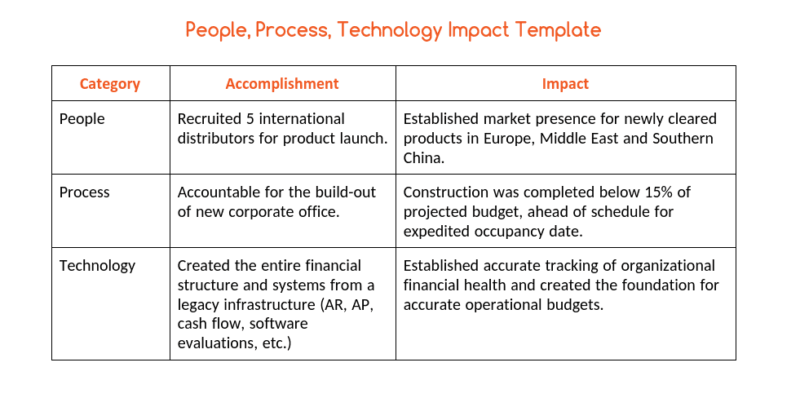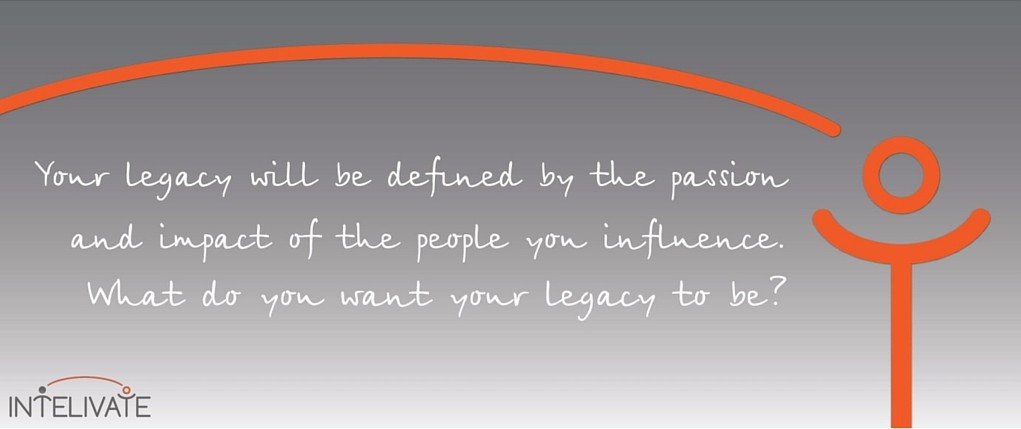If you want a job promotion to your leader’s role, it is time to take initiative. Here’s how to build and sell your career progression plan to your boss.
You have 30 minutes to pitch of your career progression plan. That is not much time. I’ll give you some great ways to prepare and structure your meeting to give you the best results possible.
The career progression plan and job promotion pitch are my favorite ways to help client executives.
Why?
Because it can be a real challenge – and I love a challenge!
Considerations for Your Job Promotion Pitch Strategy
Before I go into my recommendations for structure, here are a few things to keep in mind overall when you are pitching your career progression plan:
1. The leader whose job you want
Assess if this person will feel threatened because you are saying, “I want your job.”
Great leaders will not blink an eye they want their colleagues to do better than them (it is like parenting). Hopefully, your boss has the defining characteristics of a leader and wants you to do even better in your career.
2. Company culture & process
As I lay my promotion pitch recommendations out, assessing organizational culture and the current climate are critical to a successful meeting. Modify your plan according to your findings. There might be existing process/practice that would justify altering or eliminating parts of this.
3. Job promotion selection timeline
Some companies have job promotion and career progression plans laid out well in advance. These companies strategically select, grow and progress individuals into specific roles.
Determine if this is the case in your organization. If it is, find out if it is amenable. If it is not, a direct promotion pitch is going to be nearly impossible.
After you get the information for the above considerations, it is time to build your career development plan and promotion sales pitch!
Let’s do this.
1. Define an Agenda & Get Agreement.
An agenda should be submitted when you request the meeting. If you have not already, do a quick plan to structure the meeting.
I would include the following:
- The purpose of the meeting.
- Specific talking points and items for review during your promotion pitch.
- At the end of the session, what should be accomplished? This is the result.
- Add time to determine specific follow-up activities including a definitive date of deadlines.
I always tell – even our team – no ‘fuzzy’ dates or deliverables should ever come out of any meeting. This is particularly the case for a meeting focused on your career progression plan.
Try not to make your job promotion pitch seem like a sale. You want dynamic feedback that will build your final plan.
Position the meeting as a collaboration session with the end goal of determining if your career ambitions are realistic.
Use the time to develop a collaborative and dynamic plan if the leader will endorse your career development plan or particular job promotion aspirations.
2. Prepare Your Career Progression Plan.
To get the most time out of your 30 minutes and to meet the goal of collaboration, you should prepare and submit this plan before the meeting.
Give your leader a reasonable amount of time to review, reflect and develop actionable recommendations that you then use for collaboration during the meeting.
Research for the initial career progression plan
The research component is huge as so many people go into these types of meeting assuming the leader has a full picture of your career impacts.
Regardless of how well you know the leader, summarize your business impacts with a special emphasis on your leadership qualities and potential.
Define your accomplishments and business impacts
This is the same process I recommend when you are making the perfect resume. You can find more detail here on each of the parts but will summarize the major parts here.
For each position (even if outside of the current organization), identify your biggest 3-5 achievements in each of the following areas:
- People
- Process
- Technology
For each of these areas, define the particular 3-5 business and financial impacts to the company.
Answer the question, “How did the business benefit from you being in the role or project?”
If you can further define these impacts specifically to how they helped the leader – you are all the more golden in your pitch opportunity.
Define & document your legacy.
Here is what we mean by a legacy definition here at Intelivate:
This is true personally and professionally, even if you do not have a leadership ‘title.’
Don’t let the title get in the way of your definition.
For each position you have held, when people (colleagues, leaders, direct reports, channel partners) think back to you in that role, what is the 2-3 sentence description that they would give about the legacy you leave?
Think specifically about the impacts you had, the influence you used and the general lay of the culture of the organization or team.
How did you enhance it?
How did you positively change it?
Particularly for executive leadership roles, this should be the first highlight of the effectiveness of your influence. It is sometimes a difficult definition to develop, but invaluable in the result.
Need some help?
Ask former colleagues, mentors or leaders. After all, these are likely the people you impacted and influenced.
Why is this critical?
Your legacy definition will not only provide content for the major parts of your career progression plan and job promotion pitch, but it will also help in preparing for your meeting.
As a bonus, you will probably find out impacts and influence that you had not thought of to leverage in your pitch.
Why?
Because it comes naturally to you, so it does not seem like anything unique or extraordinary. To others, you seem brilliant. To you, it is ‘simple’ to them it is ‘impossible.’
3. Develop the Initial Career Progression Plan
Much of what I am going to emphasize here for your job promotion pitch is a twist advice I give around resume sections and content.
Although you are not building a resume, you are making a case for a coveted job promotion. This is similar to landing the interview for your dream job.
These should be altered or rearranged based on your relationship with the leader and your organizational culture.
These parts should highlight your impacts on the business.
Business impact section
Think of it as a brief “Executive Summary” for reports you might do for leadership. The goal is to highlight your biggest impacts on the business.
- Keep it short but sweet.
- Power punch them.
- Work it and sell it.
- “It” being yourself.
Focus on high-impact, role and suitable cultural components that quickly tell your leader how the organization will benefit from you in the targeted role as opposed to why you want it.
Below are key elements to include to develop an efficient and compelling business impact section.
Why they need you
Using 2-3 key skills and traits that quickly tell your leader what you are going to be bringing to the table in the new role without any training or development to get you started.
This is a perfect opportunity to describe an organizational culture match for your target role.
What you have accomplished
This is the tangible ‘rope’ for your leader to continue accepting your case. Pick some of your most relevant accomplishments and impacts that you have defined.
If applicable, use any accomplishments outside of your current organization.
Between the ‘who,’ ‘why,’ and ‘what’ components, you should hit on key areas of people, process, and technology that you defined earlier.
Use an action-result formula
The action-result formula is critical to your pitch strategy.
As opposed to just telling your leader ‘what’ you did, you are also going to tell ‘how’ the ‘what’ benefited the business.
Immediately describe the result after the action. Make sure that you use actionable and measurable descriptions.
Based on the content you have already developed, you will use an action-result formula as opposed to listing job responsibilities.
For each role, pick the most impacting 3-5 accomplishments you identified earlier and attach them sequentially to the organization and functions you list.
These 3-5 accomplishment points should also reinforce and demonstrate progressive levels of responsibility and business impact.
For example, instead of just stating that you,
“Developed training for a new sales platform,”
state that you,
“Led the development and execution of a new sales platform that resulted in 30% reduction of ROI time of the technology.”
Just be sure to be accurate, honest and be prepared to show evidence of your results if asked.
4. Submit Your Career Progression Plan
Provide an outline of what your plan is to move into your leaders’ role.
Think about where you are now, other people that will be vying for the position, and what skills/experience you need to develop and apply to be THE person to take the role.
Depending on the length of time you would project, I would do 5-10 bullets with 3 or so sub-points to the steps necessary to accomplish the development point.
Keep it brief, actionable and realistic.
Job promotion timeline
Based on your high-level development plan, put a timeline together that represents your growth points from start to finish.
You could combine this in a nice visual with the career development plan above. If your leader is a visualizer, then I would recommend that approach.
Propose a follow-up meeting date and time.
If you have access to the calendar of your leader, proactively suggest a few dates and times for a follow-up meeting. This will increase the chances of your job promotion strategy gaining momentum to that corner office you deserve.
Bonus: For the men reading this, use my men’s interview attire guide for some tips on what you might wear to the meeting.
Whew! I have given you much information that can be analyzed by your leader before the 30-minute career progression meeting. That allows your time to be used for true collaboration and feedback as opposed to going through these in the meeting and having no actionable result at the end.
My advice is to keep the session collaborative and be prepared to get some critical feedback. You are going to need that to refine the plan you have built to nail the job promotion you are targeting.
This requires much preparation on your part. If done right, you will accomplish a ton in the 30 minutes and demonstrate your determination to develop and own your career progression plan.
Want to really make an impression? Take a look at this simple resume model and career portfolio example that landed a person his dream job. The same formats can be used for your promotion pitch.
I hope this helps you prepare your next job promotion pitch to your leader.
If you have any questions or need any help, don’t hesitate to let me know!
Was this helpful? Don’t forget to subscribe above to get our best business and career insights delivered directly to you.
Related Solutions to Help You with Your Career Progression Planning or Team Leadership
> Career Development & Coaching Solutions
Kris Fannin
Kris Fannin is a passionate change agent in workforce transformation. For more than 25 years, he's had the privilege of partnering with dozens of client organizations and leading hundreds of teams to become powerful influencers.
"Your legacy will be defined by the passion and impact of the people you influence. What do you want your legacy to be?"







